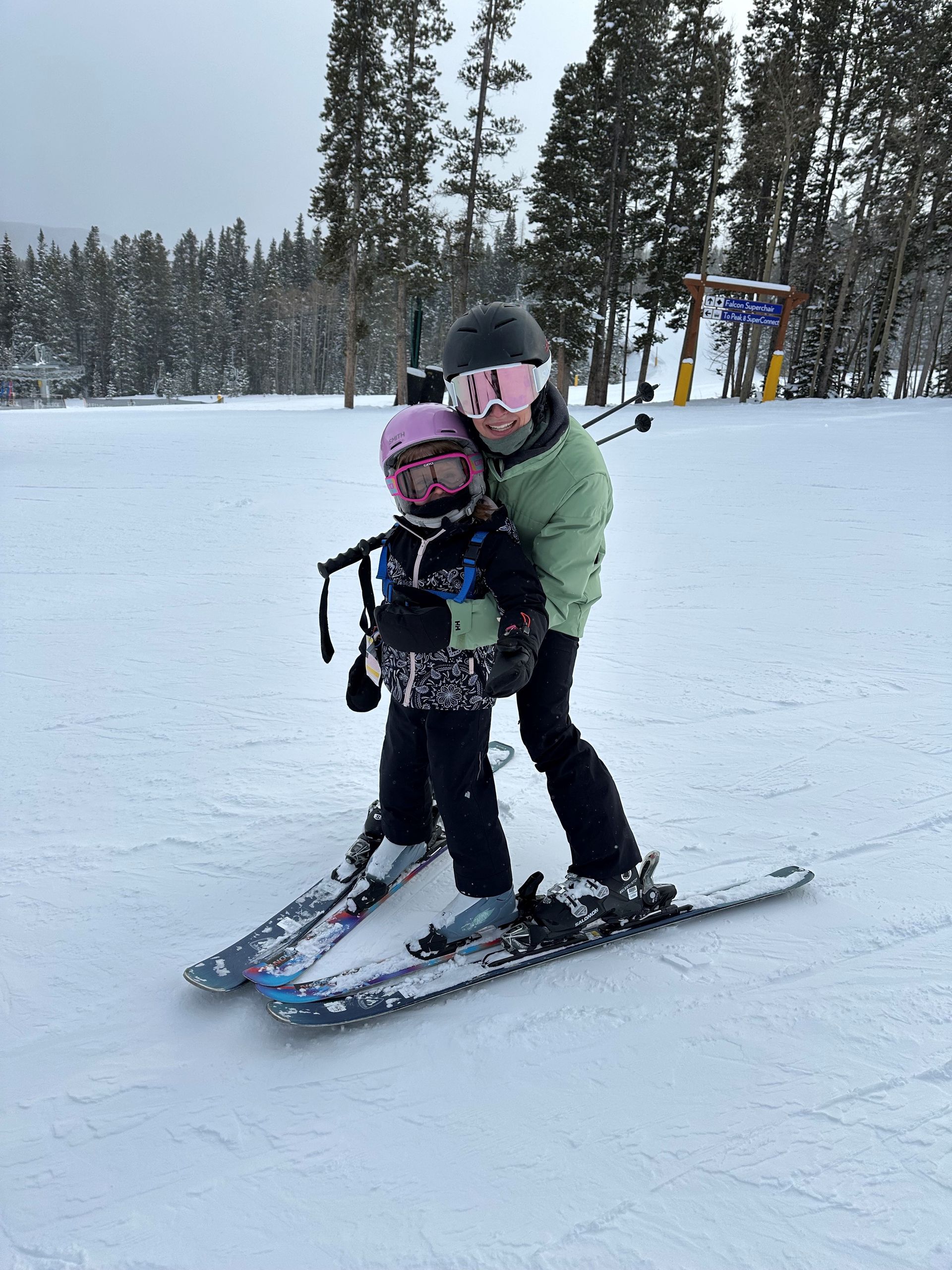Substantiating Charitable Contributions
By Gregory S. Dowell, CPA
Clients often ask us how much they can claim as charitable contributions on their tax returns. While we can tell the client ultimately how much can be deducted once we have all the information, the starting point for the exercise must come from the client, and it requires good recordkeeping. Typically, the starting point is to make a list of all the gifts made during the course of the year, and then to determine the value of what was given to the organized charity.
With gifts of cash (“cash” means checks and credit cards, for this purpose), determining the value is relatively easy. It’s a matter of adding up all of the checks issued during the year to organized charities or looking through the credit card statements to determine the gift amounts. By the way, credit card gifts are included for the year in which the charge hit the credit card account, not for the year in which the credit card statement was paid.
With non-cash gifts (gifts of property), it becomes more difficult, as the fair market value of the donated property may not be as readily attainable. Two types of non-cash gifts are the most common: 1) gifts of personal property, such as clothing or household goods, and 2) gifts of stock. Gifts of personal property are usually valued at the thrift shop value. If, for instance, a coffee stand would sell for $25 at a resale shop, the taxpayer may deduct $25 as the value of the gift. Immediately, the challenge becomes obvious: It is often not easy to put a value on the article of clothing or furniture that was donated. With gifts of stock or other securities, it is a matter of determining the mean value on the date of the gift. The mean value is determined by averaging the high and low for the day, and the information can be obtained online or from a broker.
Regardless of size, a taxpayer must be able to substantiate (or prove) every gift that is claimed if challenged. In addition, contributions of $250 or more require a written receipt from the charity. If you donate property valued at more than $500, additional requirements apply. The following discussion will help identify what records must be maintained to substantiate the charitable gift:
- For a contribution of cash, check, or other monetary gift, regardless of amount, you must maintain a bank record or a written communication from the donee organization showing its name, plus the date and amount of the contribution. Any other type of written record, such as a log of contributions, is insufficient.
2.For a contribution of property other than a monetary gift, you generally must maintain a receipt from the donee organization that shows the organization’s name, the date and location of the contribution, and a detailed description (but not the value) of the property. If circumstances make obtaining a receipt impracticable, you must maintain a reliable written record of the contribution. The information required in such a record depends on factors such as the type and value of property contributed.
3. If the contribution is worth $250 or more, stricter substantiation requirements apply. No charitable deduction is allowed for any contribution of $250 or more unless you substantiate the contribution with a written receipt from the donee organization. Tax laws require that you have the receipt in hand when you file your return (or by the due date, if earlier) or you will not be allowed to claim the deduction.
4. The receipt must set forth the amount of cash and a description (but not the value) of any property other than cash contributed. It must also state whether the donee provided any goods or services in return for the contribution, and if so, must give a good faith estimate of the value of the goods or services.
5. If you received only “intangible religious benefits,” such as attending religious services, in return for your contribution, the receipt must say so. This type of benefit is considered to have no commercial value and so doesn’t reduce the charitable deduction available.
6. In general, if the total charitable deduction you claim for non-cash property is more than $500, you must attach a completed Form 8283 (Noncash Charitable Contributions) to your return or the deduction is not allowed. In general, you are required to obtain a qualified appraisal for donated property with a value of more than $5,000, and to attach an appraisal summary to the tax return. However, a qualified appraisal is not required for publicly-traded securities for which market quotations are readily available. A partially completed appraisal summary and the maintenance of certain records are required for (1) nonpublicly-traded stock for which claimed deduction is greater than $5,000 and no more than $10,000, and (2) certain publicly-traded securities for which market quotations are not readily available. A qualified appraisal is required for gifts of art valued at $20,000 or more. IRS may also request that you provide a photograph.
7. If an item has been appraised at $50,000 or more, you can ask IRS to issue a “Statement of Value” which can be used to substantiate the value.
Recordkeeping for contributions for which you receive goods or services – In some cases, a taxpayer will receive something of value in return for a contribution. If you receive goods or services, such as a dinner or theater tickets, in return for your contribution, your deduction is limited to the excess of what you gave over the value of what you received. For example, if you gave $100 and in return received a dinner worth $30, you can deduct $70.
The tax laws recognize that the value of some goods a taxpayer might receive are inconsequential. A taxpayer’s contribution is fully deductible if:
- you received free, unordered items from the charity that cost no more than $10.20 in 2013 ($9.90 in 2012) in total;
- you gave at least $51 in 2013 ($49 in 2012) and received only token items (bookmarks, key chains, calendars, etc.) that bear the charity’s name or logo and cost no more than $10.20 in 2013 ($9.90 in 2012) in total; or
- the benefits that you received are worth no more than 2% of your contribution and no more than $102 in 2013 ($99 in 2012).
If you made a contribution of more than $75 for which you received goods or services, the charity must give you a written statement, either when it asks for the donation or when it receives the donation, telling you the value of those goods or services. Be sure to keep these statements.
Cash contribution made through payroll deductions. You can substantiate a contribution that you make by withholding from your wages with a pay stub, Form W-2, or other document from your employer that shows the amount withheld for payment to a charity. You can substantiate a single contribution of $250 or more with a pledge card or other document prepared by the charity that includes a statement that it doesn’t provide goods or services in return for contributions made by payroll deduction.
The deduction from each wage payment of wages is treated as a separate contribution for purposes of the $250 threshold.
Substantiating contributions of services – We are sometimes asked if a taxpayer can deduct the value of their time or the value of something they’ve created and then donated to charity. The simple answer is no – the value of time or the fair market value of the creation is not deductible. Although you cannot deduct the value of services you perform for a charitable organization, some deductions are permitted for out-of-pocket costs you incur while performing the services. You should keep track of your expenses, the services you performed and when you performed them, and the organization for which you performed the services. Keep receipts, canceled checks, and other reliable written records relating to the services and expenses.
As discussed above, a written receipt is required for contributions of $250 or more. This presents a problem for out-of-pocket expenses incurred in the course of providing charitable services, since the charity often does not know how much those expenses were. Sometimes, you can contact the charity and “coach” them through the process of understanding what to include in the substantiation letter. In addition, you can satisfy the written receipt requirement if you have adequate records to substantiate the amount of your expenditures, and get a statement from the charity that contains a description of the services you provided, the date the services were provided, a statement of whether the organization provided any goods or services in return, and a description and good-faith estimate of the value of those goods or services.
This is not intended to be all-inclusive, but will provide a good, basic guide to the documents that will be needed to substantiate charitable contributions.










